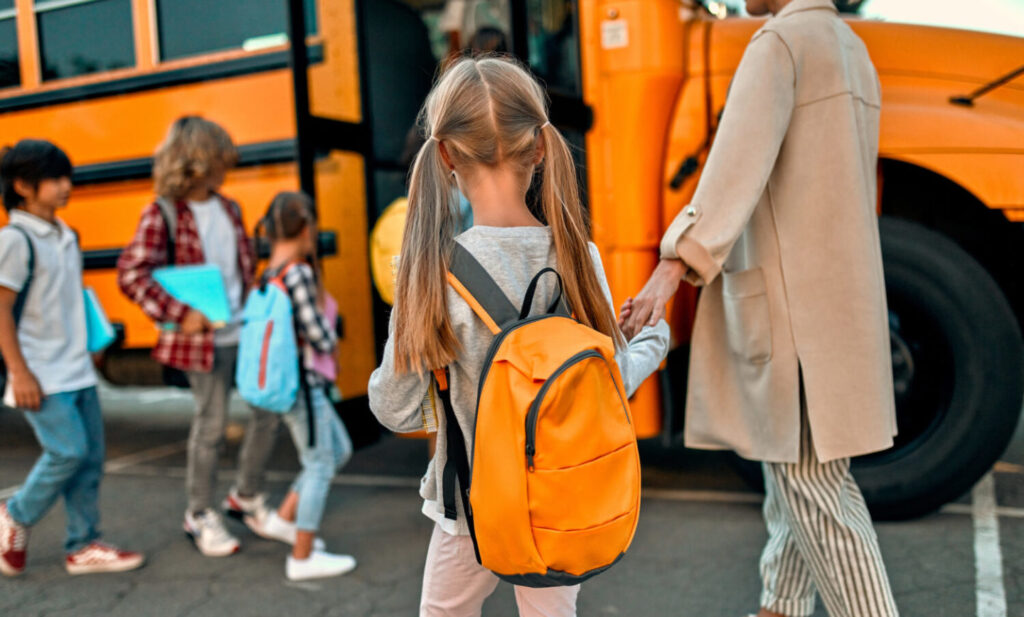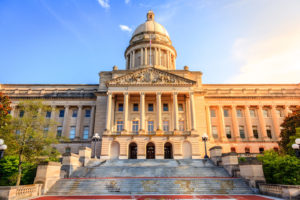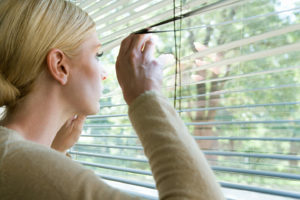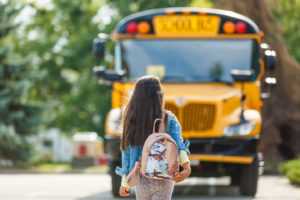Declining public school enrollment spurs media calls for comprehensive change
A recent op-ed by Michael Bloomberg argues that 1.3 million students’ flight from public schools since the start of the pandemic highlights the need to overhaul the government’s approach to…

A recent op-ed by Michael Bloomberg argues that 1.3 million students’ flight from public schools since the start of the pandemic highlights the need to overhaul the government’s approach to national education.
“Too many public schools are failing, parents are voting with their feet, and urgent and bold action is needed,” Bloomberg writes.
“Until now, however, the only governmental response has been to spend more money – too much of which has gone to everyone but our children.”
The expensive failure of remote instruction
When the pandemic closed schools across the nation in 2020, Congress approved $190 billion in additional school funding to help them safely reopen. However, teachers unions fought against reopening, advocating remote instruction only, even after studies showed that closing in-person classrooms hurt students’ academic performance, affecting low-income and minority students the most.
“By and large, remote instruction was a disaster,” Bloomberg explains. “By one analysis, the first year of the pandemic left students an average of five months behind in math and four months behind in reading, with much larger gaps for low-income schools.”
Bloomberg also argues that union leaders’ calls for more funding miss the point that the U.S. already spends more per pupil on public education than most countries. However, the quality of that education remains dubious at best.
“Now, after students have fled public schools in record numbers, states are paying more to educate fewer children,” he writes. “That might have been acceptable if students were showing great improvement. Instead, we are paying more for failure.”
Exploring alternative forms of educational options
Bloomberg points to the success of charter schools as evidence that better alternatives to public school already exist.
“In states and cities with strong accountability laws, charters have a proven academic track record of outperforming district schools,” he writes. “One recent nationwide analysis found that districts with a higher share of charters yield higher reading and math scores as well as higher graduation rates on average. Other research has found that the benefits are especially pronounced for Black, Latino and low-income students.”
While Bloomberg only mentions homeschooling in passing, it also has proven to be a viable educational alternative for millions of families nationwide.
After increasing significantly during the pandemic, homeschool rates in the U.S. remained steady even after schools reopened, suggesting that many parents have decided to embrace this educational option over the public system.
Furthermore, the rise in homeschooling spanned all demographics, including African Americans, Native Americans and Hispanics.
Both homeschool families and charter schools spend much less per student than public schools, yet homeschool students often outperform their public-school counterparts academically.
“The new enrollment data sends a stark signal. Schools will have to adjust to dropping enrollments either by getting smaller or by getting better,” Bloomberg concludes in his op-ed. “You can’t lose the students and keep the teachers.”



